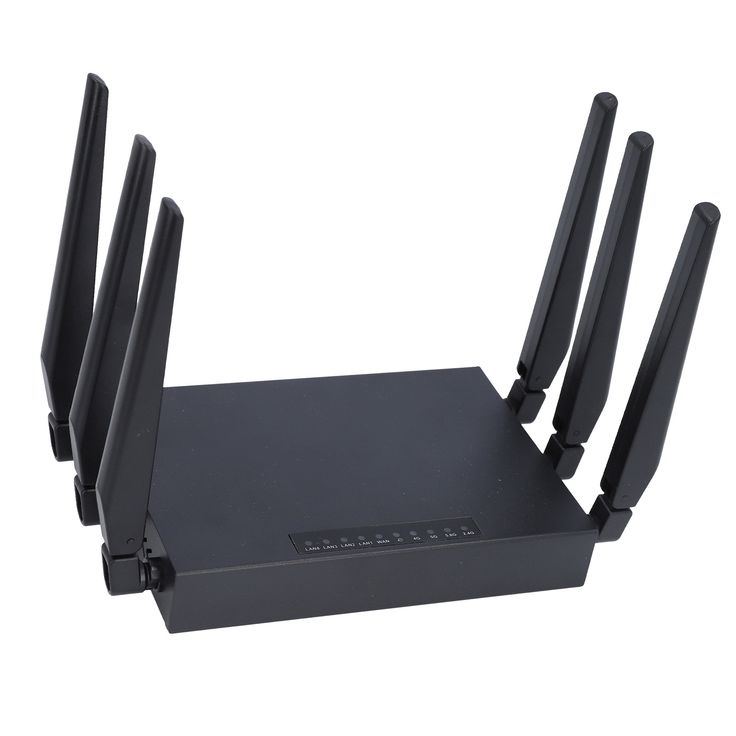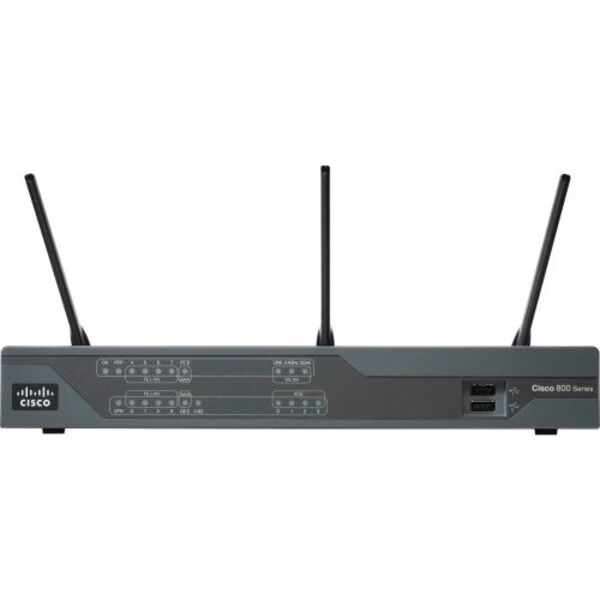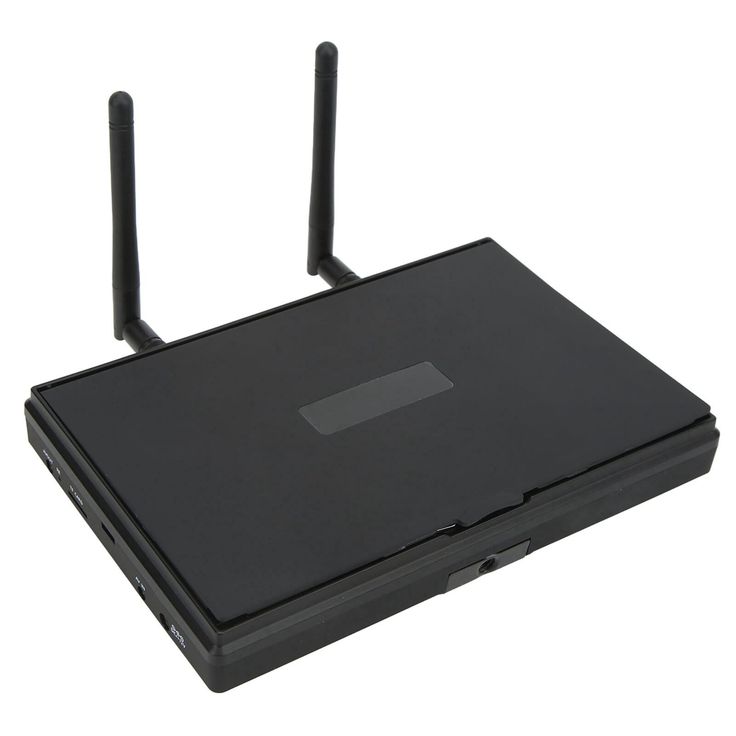Introduction to Cisco Router Configuration
Configuring a Cisco router can seem daunting at first. Yet, with the right approach, this process becomes manageable. When you start the Cisco router setup, you enter a world of extensive networking capabilities. Cisco routers are powerful tools in the networking realm, enabling efficient data transfer and secure connections.
Cisco router configuration involves a sequence of steps. These range from initializing the router to customizing its features for your network’s needs. Begin by connecting the router to your devices. Then, move on to basic configuration commands. These set up the router’s operational parameters. Special attention to security settings is a must to protect your network.
For those new to Cisco equipment, grasp the basics first. A resource like ‘Cisco Routers for the Desperate’ can be incredibly helpful. It simplifies essential information. With it, you could run through all the basic knowledge in a few hours.
Understanding each command is crucial, as every line can hugely impact your network. For example, a small change might disrupt the internet connection, especially if you work remotely. Hence, it’s valuable to use commands like ‘reload in 5’. This ensures your system can recover from changes that do not work as intended. In short, Cisco router setup is about patience and precise understanding of what each configuration does to your network’s connectivity and security.

Essential Equipment for Cisco Router Setup
To begin your Cisco router setup, certain equipment is essential. First, you need a Cisco router. This is the central piece that directs traffic on your network. Ensure that you have the correct model for your specific needs. Next, reliable Ethernet cables are necessary to establish physical connections. A console cable may be required for initial setup without network connectivity. A computer with terminal emulation software is also a must for accessing the router’s command-line interface (CLI).
For efficient setup, have the latest router firmware available. This ensures compatibility and security. An uninterrupted power supply helps avoid setup disruptions. Lastly, Cisco documentation or a setup guide like ‘Cisco Routers for the Desperate’ can offer simple explanations during the process.
With these essentials in hand, you’re ready to focus on the configuration details. Remember that each step in Cisco router setup is crucial. A single error could affect your entire network’s functionality. Equip yourself well, and you pave the way for a solid, functional network.
Initial Cisco Router Setup and Configuration
Stepping into the world of Cisco router setup requires precision from the get-go. Begin with powering up your router. Next, connect your router to a PC using the console cable. This direct line lets you access the router’s console for initial configuration. Use terminal emulation software on your PC to start this process. This software communicates with the router, allowing you to enter commands.
Your first task is to enter the Global Configuration mode. This mode lets you modify the router’s settings. Enter the ‘enable’ command followed by ‘configure terminal’. This sequence takes you from the User EXEC mode to the Privileged EXEC mode and then into Global Configuration mode. Here, you can alter your router’s operational blueprint.
Set up a hostname for easy identification. Use the ‘hostname’ command followed by the name you choose. Next, secure your router by setting passwords. Start with the ‘enable secret’ command to secure privileged EXEC mode access. For console and VTY lines, use the ‘line console 0’ and ‘line vty 0 4’ commands. Then, add passwords with the ‘password’ command and enable login with the ‘login’ command.
After securing access, configure the interfaces. Assign IP addresses and enable them using the ‘interface’ command followed by ‘ip address’ and ‘no shutdown’ commands. Remember to do this for each interface that needs to be active.
Finally, save your configuration. Use the ‘copy running-config startup-config’ command. This ensures your setup persists after a reboot. Confirm your configuration with the ‘show running-config’ command. It displays all your current settings, allowing you to review them. If you’ve set up everything correctly, your Cisco router is now ready for operation.

Securing Cisco Routers: Best Practices
Securing your Cisco router is vital. It keeps your network safe from unauthorized access. Follow these best practices to tighten security.
First, always change the default passwords. Default credentials are easy targets for attackers. Use strong, unique passwords instead. Next, update the router’s firmware regularly. This fixes security flaws and enhances functionality.
Enable SSH (Secure Shell) and disable Telnet. SSH encrypts traffic, making it harder for intruders to intercept. Close unused ports and services as well. Every open port can be an entry point for threats. Implement access control lists (ACLs). They define who can access the network and what they can do.
Use the ‘service password-encryption’ command. It encrypts all plain text passwords in your configuration file. Activate logging and monitor router logs. This helps spot unusual activities early on. Enable the firewall feature and configure it properly. It prevents undesired traffic from entering your network. Finally, regularly back up your configuration files. This prepares you for a swift recovery in case of issues.
Stick to these practices and your Cisco router setup will be secure. Being proactive about router security is always better than reacting to breaches.
Configuring Cisco Routers for VPN Tunnels
Creating VPN tunnels on Cisco routers is a crucial step in secure networking. Knowing how to configure VPN tunnels is key for remote connectivity and protecting data. Here are the main steps for setting up VPN tunnels on your Cisco router.
- First, determine the type of VPN you need. Cisco routers support various VPN protocols like IPsec and SSL.
- Use the ‘crypto isakmp policy’ command to set up a security policy for data encryption.
- Create an IPsec transform set with the ‘crypto ipsec transform-set’ command. This defines the encryption and authentication methods.
- Define the traffic that will pass through the VPN tunnel with access control lists (ACLs).
- With the ‘crypto map’ command, bind the security policy, transform set, and ACLs. Apply this to your router’s outbound interface.
- Configure the peer routers with the corresponding settings to establish connectivity.
Each command is critical; a misstep can disrupt your network’s stability.
For a secure VPN, be diligent with every setting. Follow Cisco documentation for detailed instructions.
A VPN tunnel allows for secure, encrypted connections over the internet. Setting this up correctly ensures safe data transit between locations. A well-configured VPN can prevent data breaches and preserve confidentiality.
As with any aspect of Cisco router setup, take the time to understand the commands you’re using. Their purpose is to ensure the integrity and security of your network. If you’re using a Cisco router for an enterprise network, VPN configuration is usually a must-have.

Troubleshooting Common Cisco Router Issues
When setting up and managing Cisco routers, you might encounter various issues. Troubleshooting is a critical skill to quickly resolve these problems. Below are some common complications and suggestions for how to deal with them.
- Connection Problems: If devices can’t connect to the network, first check physical connections. Ensure cables are secure and the router is powered on. Verify that the correct interfaces are active.
- Inability to Access Router CLI: If you can’t access the CLI, check the console cable and ensure your terminal emulation software is configured correctly.
- Lost Passwords: In case of lost passwords, Cisco provides a password recovery process. Refer to the official Cisco documentation for detailed steps.
- Firmware Issues: Outdated firmware can lead to security risks and instability. If your router behaves unusually, check if a firmware update is available.
- Slow Performance: Slow network performance might be due to incorrect configurations or congested traffic. Review your configuration and consider implementing quality of service (QoS) settings.
- VPN Connection Failures: For VPN issues, verify that all crypto commands are properly configured and that the ACLs are correctly defining the allowed traffic.
Each issue typically has a set of troubleshooting steps outlined in Cisco’s resources. Remember, understanding what each configuration command does is vital to pinpoint the root cause of problems. It’s also recommended to have a backup of the current working configuration. This allows you to revert changes if an update causes more issues than it solves. For deeper issues or when you’re in over your head, don’t hesitate to reach out to the Cisco community forums or consult with more experienced professionals.
Advantages of Efficient Cisco Router Configuration
Efficient Cisco router setup holds many benefits for individuals and businesses. Here are key advantages:
- Optimized Network Performance: Properly configured Cisco routers enhance data flow, reducing lag and improving user experience. They manage network traffic smartly, preventing bottlenecks.
- Enhanced Security: Secure setup shields the network from threats. It protects sensitive data with features like strong encryption, firewalls, and access control lists.
- Reliable Connectivity: A well-set-up router provides steady connections. It ensures ongoing business operations and minimal downtime.
- Scalability: As your network grows, a good configuration allows easy integration of new devices and services without major overhauls.
- Cost Savings: Efficient routing reduces the need for extensive hardware. It saves on operational costs over time, offering a better return on investment.
- Remote Access: Correct VPN configurations allow secure, remote connections. Employees can work from anywhere, expanding flexibility and productivity.
These benefits underscore the importance of taking the time to learn and perform a thorough Cisco router setup. It’s not just about getting the network up and running but ensuring it runs optimally, securely, and is prepared for future growth.
Learning Resources and Community Support for Cisco Routers
As you dive into Cisco router setup, having access to learning resources and support communities can be invaluable. Here’s how they can help:
- Books and Manuals: Guides like ‘Cisco Routers for the Desperate’ offer a straightforward introduction to the basics. They save time and simplify complex ideas.
- Online Forums and Social Media: Engage with Cisco communities on forums and social media. These platforms are great for asking questions and sharing insights. You can receive advice from experienced professionals.
- Cisco Documentation: Cisco’s official documentation is a rich source of detailed information. It covers everything from initial setup to advanced configurations.
- Training Courses: Consider enrolling in courses that provide structured learning. They can escalate your understanding from novice to expert level.
- Troubleshooting Tips: Websites and forums often provide troubleshooting tips and best practices shared by users. These can be quite helpful when you’re facing specific issues.
- YouTube Tutorials: Visual learners benefit from video tutorials available on YouTube, showing step-by-step configurations.
- Ask the Community: Don’t hesitate to ask for help. Many are willing to share their experiences, like the individual who set up 64 routers with unique VPN tunnels.
- Interactive Learning: Some websites offer interactive tools to practice router configurations. These can be great for hands-on learning.
Support communities and learning resources play a big part in successful Cisco router setup. They help enhance your skills and ensure you’re never alone in the process. Dive in, ask questions, and take advantage of the collective knowledge and experience out there.
Leave a Reply